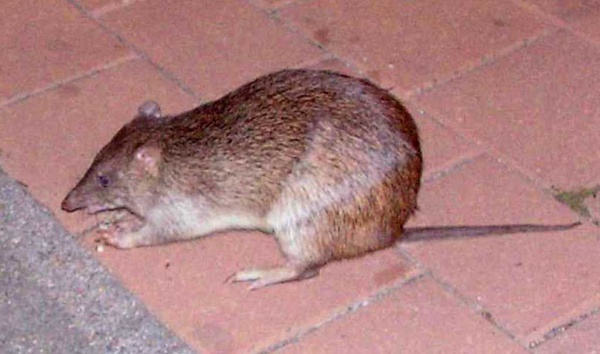Facts About Northern Brown (Brindled) Bandicoot
The northern brown bandicoot is a captivating marsupial native to the northern and eastern coasts of Australia, as well as neighboring islands like Papua New Guinea. Locally known as "Yok" by the Kunwinjku people, this bandicoot holds a notable place in their diet.
Physically, the northern brown bandicoot is quite distinctive. It boasts a body length of around 40 centimeters and typically weighs about 1,200 grams. Its fur features a light brown hue with black speckles, complemented by a white underside. A unique characteristic of this species is its backward-facing pouch, which prevents soil from entering while it digs. Additionally, it has polyprotodont dentition and syndactylous feet.
In terms of habitat, northern brown bandicoots are highly adaptable. They transition between dense vegetation and open grasslands depending on the season. Impressively, they are among the few native Australian ground-dwelling mammals that can thrive in urban settings. They construct their nests on the ground using hay and twigs, preferring areas with minimal ground cover.
When it comes to diet, these bandicoots are not particularly discerning. They feed on insects, earthworms, berries, and seeds. However, in dire circumstances, female bandicoots have been observed resorting to cannibalism.
Socially, northern brown bandicoots are solitary animals. They mark their territories using scent glands and breed throughout the year. A typical litter consists of 2 to 4 young, which develop in the mother's pouch after a very brief gestation period of just 12.5 days. They have a relatively short lifespan of approximately two years, but females can produce multiple litters during this time.
Unfortunately, the northern brown bandicoot faces significant challenges. Their population has declined due to the introduction of European animals such as rabbits, livestock, foxes, and cats, which compete for food and act as predators. Conservation efforts are essential to protect these bandicoots and their habitats, ensuring their continued survival in the wild.
